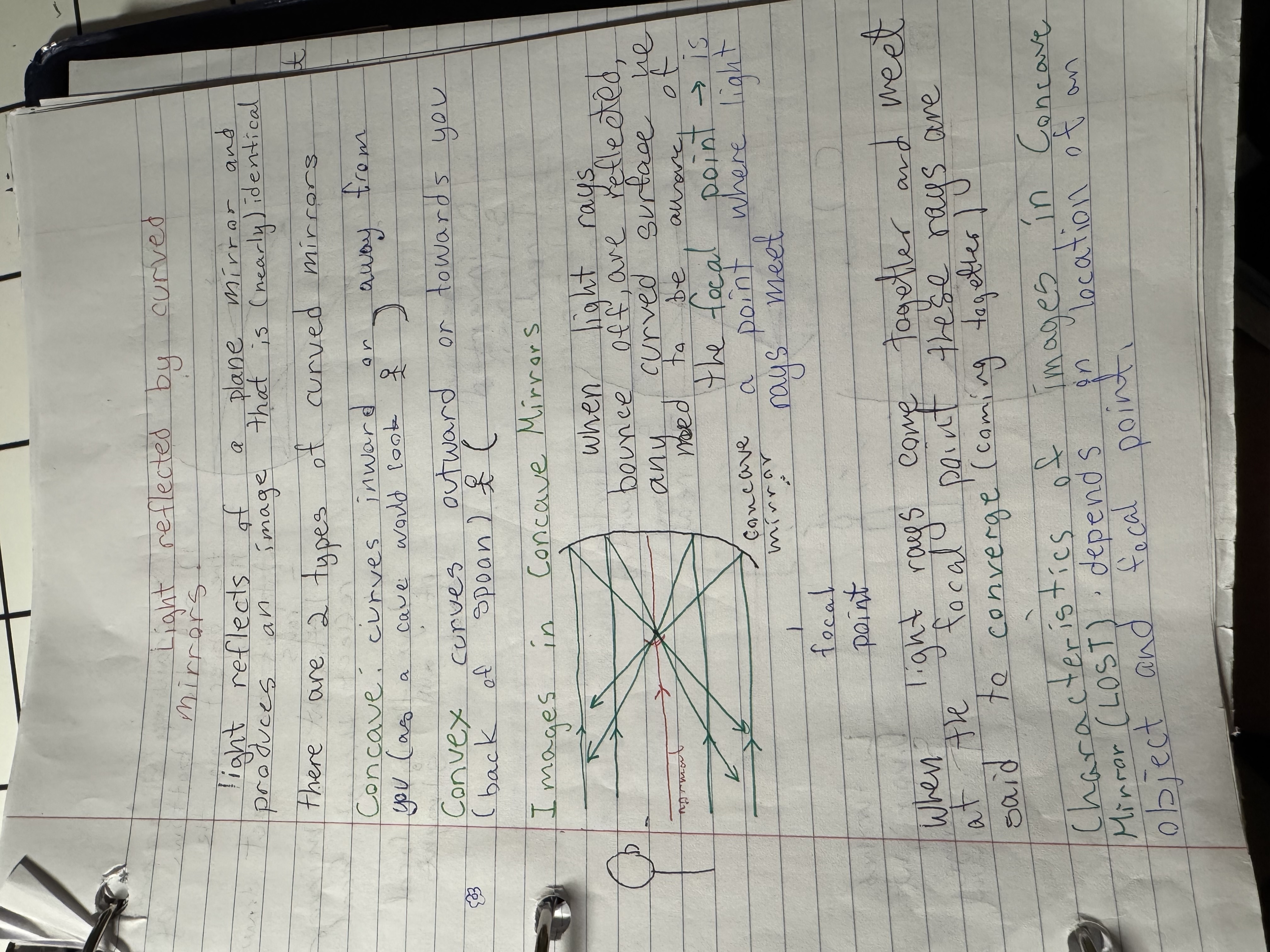Human Vision Flashcards
1/18
Earn XP
Description and Tags
Flashcards based on lecture notes about Human Vision
Name | Mastery | Learn | Test | Matching | Spaced |
|---|
No study sessions yet.
19 Terms
Pupil
An opening through which light enters the eye.

Iris
The colored circle that surrounds the pupil and controls the amount of light that enters the eye. It contracts for more light and relaxes when there is less light.
Cornea
Transparent tissue covering the iris and pupil.
Lens
Convex structure behind the pupil that can change shape using ciliary muscles to bend light and form an image on the retina.
Aqueous Humor
A watery fluid located in the space between the cornea and the lens.
Sclera
The main structural component of the eye, also known as the white of the eye.
Retina
Contains sensory cells that produce an image with the brain; found on the back wall inside the eye.
Refraction
The bending of light as it passes through a lens or other transparent object.
Converging Lens
A lens that has at least one convex surface and brings parallel light rays towards a common point (focal point).
Diverging Lens
A lens that has concave surfaces and causes parallel rays to spread apart.
Myopia
Nearsightedness; the inability to focus on distant objects. Corrected with diverging (concave) lenses.
Hyperopia
Farsightedness; the inability to focus on close objects. Corrected with converging (convex) lenses.
Optic Nerve
The nerve that carries information from the sensory receptors in the eye to the brain.
Blind Spot
The area on the retina where the optic nerve exits the eye, which has no sensory receptors.
Rods
Sensory cells in the retina that are sensitive to low light, providing black and white vision.
Cones
Sensory cells in the retina that are used to detect color, especially red, green, and blue.
Vitreous Humor
The jelly-like substance in the main body of the eye.
Choroid
The layer that provides blood and nutrients to the retina.